|
Your search criteria found 985 images Feature Name |
| My List |
Addition Date
|
Target | Mission | Instrument | Size |

|
2016-10-18 |
Kepler |
5000x3117x3 | ||
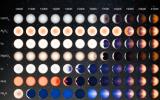
|
|||||

|
2016-10-21 |
Kepler |
4800x2700x3 | ||
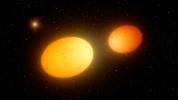
|
|||||

|
2016-11-10 | OGLE-2015-BLG-1319 |
Spitzer Space Telescope SWIFT |
4800x2700x3 | |
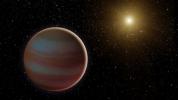
|
|||||

|
2016-11-10 | OGLE-2015-BLG-1319 |
Spitzer Space Telescope SWIFT |
4800x2700x3 | |
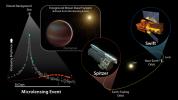
|
|||||

|
2017-01-06 |
SWIFT |
3840x2160x3 | ||
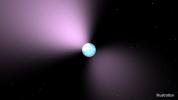
|
|||||

|
2017-01-24 | Mars |
Mars Exploration Rover (MER) |
Panoramic Camera |
1024x1024x1 |
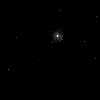
|
|||||

|
2017-02-22 |
Spitzer Space Telescope |
TRAPPIST |
1906x1063x3 | |
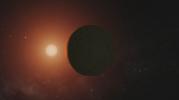
|
|||||

|
2017-04-04 |
New Horizons |
LORRI |
1024x1024x3 | |
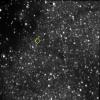
|
|||||

|
2017-04-12 |
Kepler |
1280x960x3 | ||
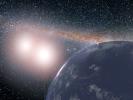
|
|||||

|
2017-05-25 |
Hubble Space Telescope Spitzer Space Telescope |
1280x720x3 | ||
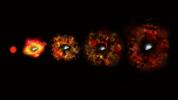
|
|||||

|
2017-06-05 | KELT-9b | 5120x2880x3 | ||
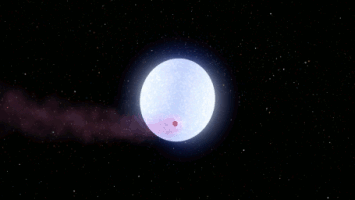
|
|||||

|
2017-06-30 | Asteroid |
Catalina Sky Survey (CSS) |
714x679x3 | |
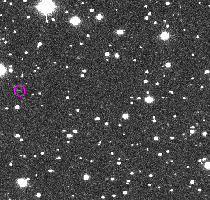
|
|||||

|
2017-07-24 | S Rings |
Cassini-Huygens |
ISS - Narrow Angle |
1024x1024x1 |
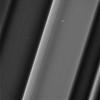
|
|||||

|
2017-07-24 | S Rings |
Cassini-Huygens |
ISS - Narrow Angle |
1024x1024x1 |
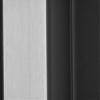
|
|||||

|
2017-07-28 | Saturn |
Cassini-Huygens |
ISS - Narrow Angle |
500x500x1 |
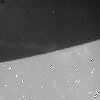
|
|||||

|
2017-08-25 | Neptune |
Cassini-Huygens |
ISS - Narrow Angle |
1024x1024x3 |
|
|||||

|
2017-09-08 | Enceladus |
Cassini-Huygens |
ISS - Narrow Angle |
441x372x1 |
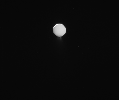
|
|||||

|
2017-10-04 |
Spitzer Space Telescope |
5120x2880x3 | ||
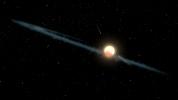
|
|||||

|
2017-10-11 | 2048x1152x3 | |||
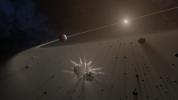
|
|||||

|
2017-10-16 | NGC 4993 |
Spitzer Space Telescope |
IRAC |
2048x718x3 |
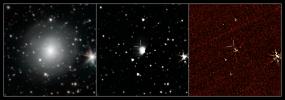
|
|||||

|
2017-11-01 |
Spitzer Space Telescope Wide-field Infrared Survey Explorer (WISE) |
2048x1152x3 | ||
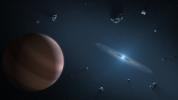
|
|||||

|
2017-11-21 | Saturn |
Cassini-Huygens |
ISS - Wide Angle |
6000x2500x3 |
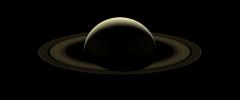
|
|||||

|
2018-01-31 |
Hubble Space Telescope Spitzer Space Telescope |
1608x2048x3 | ||

|
|||||

|
2018-03-26 |
Kepler |
1337x706x3 | ||
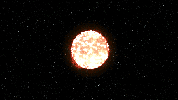
|
|||||

|
2018-03-26 |
Kepler |
1336x710x3 | ||
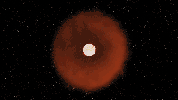
|
|||||

|
2018-03-26 |
Kepler |
1339x705x3 | ||
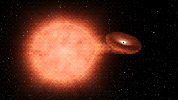
|
|||||

|
2018-03-26 |
Kepler |
1334x701x3 | ||
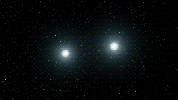
|
|||||

|
2018-04-13 |
ASTERIA |
175x175x3 | ||
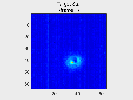
|
|||||

|
2018-04-24 |
Large Binocular Telescope Interferometer (LBTI) |
2272x1704x3 | ||
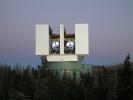
|
|||||

|
2018-08-02 | Jupiter |
Juno |
JunoCam |
3840x2160x3 |
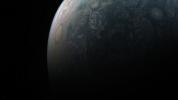
|
|||||

|
2018-10-23 |
Spitzer Space Telescope |
IRAC |
5000x1848x3 | |
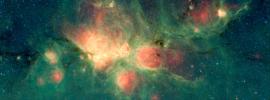
|
|||||

|
2018-10-23 |
Spitzer Space Telescope |
IRAC |
5000x1848x3 | |
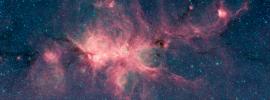
|
|||||

|
2018-12-10 |
Voyager Interstellar Mission |
1920x1080x3 | ||
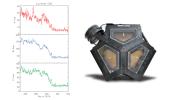
|
|||||

|
2018-12-10 |
Voyager Interstellar Mission |
1484x1920x3 | ||

|
|||||

|
2018-12-10 |
Voyager Interstellar Mission |
1920x1080x3 | ||
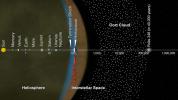
|
|||||

|
2018-12-19 |
Juno |
SRU |
2700x1512x3 | |
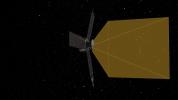
|
|||||

|
2018-12-27 | Ceres |
Dawn |
Framing Camera |
1300x3307x1 |
|
|
|||||

|
2018-12-27 | Ceres |
Dawn |
Framing Camera |
1024x1024x1 |
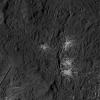
|
|||||

|
2019-01-07 |
Kepler Spitzer Space Telescope |
6000x3375x3 | ||
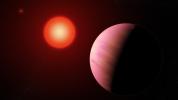
|
|||||

|
2019-03-27 |
Spitzer Space Telescope |
IRAC |
4600x3000x3 | |
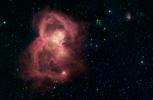
|
|||||

|
2019-04-15 | Comet |
NEOWISE |
NEOWISE Telescope |
3927x2209x3 |
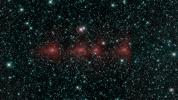
|
|||||

|
2019-04-25 | Messier 87 |
Spitzer Space Telescope |
Spitzer Space Telescope |
3226x1814x3 |
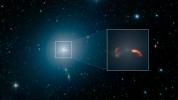
|
|||||

|
2019-05-16 | Earth |
CubeSat |
2592x2192x1 | |
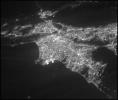
|
|||||

|
2019-05-16 | Earth |
CubeSat |
2592x2192x1 | |
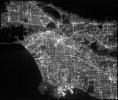
|
|||||

|
2019-05-30 |
Spitzer Space Telescope |
IRAC MIPS |
14391x6232x3 | |
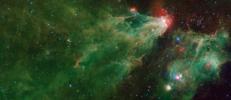
|
|||||

|
2019-05-30 |
Spitzer Space Telescope |
IRAC |
14391x6232x3 | |
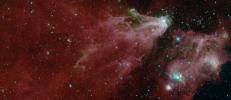
|
|||||

|
2019-07-31 |
Spitzer Space Telescope |
IRAC |
1200x1200x3 | |
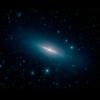
|
|||||

|
2019-08-19 |
Spitzer Space Telescope |
3840x2160x3 | ||
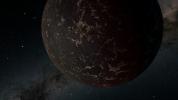
|
|||||

|
2019-09-30 |
Spitzer Space Telescope |
Spitzer Space Telescope |
3250x3250x3 | |
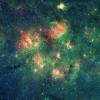
|
|||||

|
2019-10-30 |
Spitzer Space Telescope |
Spitzer Space Telescope |
1041x586x3 | |

|
|||||

|
2019-12-19 |
Spitzer Space Telescope |
Spitzer Space Telescope |
15950x6500x3 | |
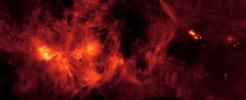
|
|||||

|
2020-01-07 |
SOFIA |
2608x3022x3 | ||

|
|||||

|
2020-01-27 |
Spitzer Space Telescope |
Spitzer Space Telescope |
8832x4968x3 | |
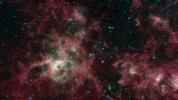
|
|||||

|
2020-04-09 | 4800x2700x3 | |||
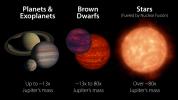
|
|||||

|
2020-04-17 |
Spitzer Space Telescope |
Spitzer Space Telescope |
3317x1902x3 | |
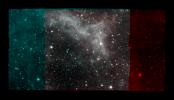
|
|||||

|
2020-04-28 |
Spitzer Space Telescope |
Spitzer Space Telescope |
5120x2880x3 | |
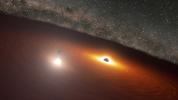
|
|||||

|
2020-06-15 | Mars |
Mars Science Laboratory (MSL) |
Mastcam |
760x1140x3 |

|
|||||

|
2020-06-24 |
NuSTAR |
3334x1875x3 | ||
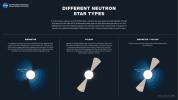
|
|||||

|
2020-07-08 | Comet |
NEOWISE |
860x651x3 | |
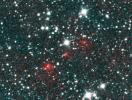
|
|||||

|
2020-11-18 |
Galaxy Evolution Explorer (GALEX) |
4791x2695x3 | ||
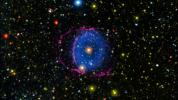
|
|||||

|
2020-11-18 |
Galaxy Evolution Explorer (GALEX) |
1920x1080x3 | ||
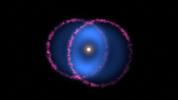
|
|||||

|
2020-12-11 | Jupiter |
Juno |
SRU |
892x882x3 |
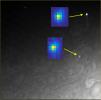
|
|||||

|
2021-04-21 | Milky Way | 3840x2160x3 | ||
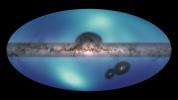
|
|||||

|
2021-08-04 |
Hubble Space Telescope Spitzer Space Telescope |
Hubble Space Telescope Spitzer Space Telescope |
1780x1001x3 | |
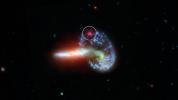
|
|||||

|
2021-08-17 | 4800x2700x3 | |||
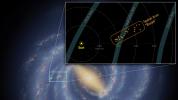
|
|||||

|
2021-08-17 |
Spitzer Space Telescope |
Spitzer Space Telescope |
4800x2700x3 | |
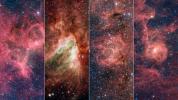
|
|||||

|
2021-08-31 |
NEOWISE |
360x360x3 | ||
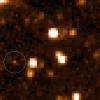
|
|||||

|
2021-10-25 |
Spitzer Space Telescope |
Spitzer Space Telescope |
3542x3542x3 | |
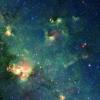
|
|||||

|
2022-03-18 |
Spitzer Space Telescope |
Spitzer Space Telescope |
3840x2160x3 | |
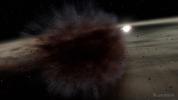
|
|||||

|
2022-06-29 |
ASTHROS |
ASTHROS |
5120x3840x3 | |
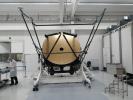
|
|||||

|
2022-06-29 |
ASTHROS |
ASTHROS |
5120x3840x3 | |
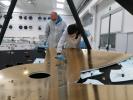
|
|||||

|
2022-06-29 |
ASTHROS |
ASTHROS |
6800x3600x3 | |
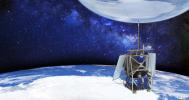
|
|||||

|
2022-06-29 |
ASTHROS |
ASTHROS |
5120x3840x3 | |
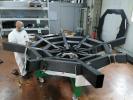
|
|||||

|
2022-06-29 |
ASTHROS |
ASTHROS |
1600x800x3 | |
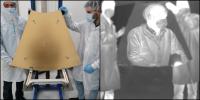
|
|||||

|
2022-10-12 | Star | 3840x2160x3 | ||
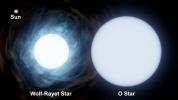
|
|||||

|
2022-10-12 | Star |
James Webb Space Telescope |
Mid-Infrared Instrument (MIRI) |
2258x1558x3 |
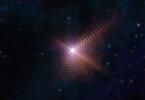
|
|||||

|
2022-11-22 | Orion Nebula |
Herschel Space Observatory Spitzer Space Telescope Wide-field Infrared Survey Explorer (WISE) |
Herschel Telescope Spitzer Space Telescope WISE Telescope |
9036x7646x3 |
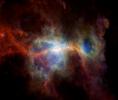
|
|||||

|
2022-12-21 |
Nancy Grace Roman Space Telescope |
Roman Coronagraph |
8256x5504x3 | |
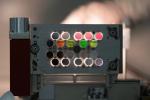
|
|||||

|
2022-12-22 | Asteroid |
NEO Surveyor |
3000x1787x3 | |
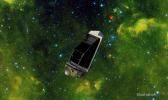
|
|||||

|
2022-12-23 | Moon |
Lunar Flashlight |
4096x1773x3 | |
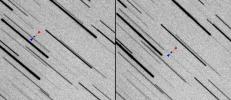
|
|||||

|
2023-04-06 |
NuSTAR |
3840x2160x3 | ||
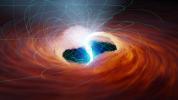
|
|||||

|
2023-12-05 | Pan |
Psyche |
2967x1225x1 | |

|
|||||

|
2023-12-22 |
IRAS |
1200x675x3 | ||
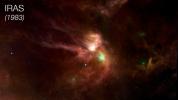
|
|||||

|
2024-04-26 |
Deep Space Network (DSN) |
2000x1500x3 | ||
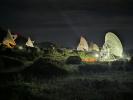
|
|||||

|
2024-05-09 |
Spitzer Space Telescope |
Spitzer Space Telescope |
16151x6971x3 | |
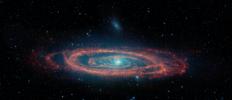
|
|||||

|
 |
 |
 |
 |
 |
 |
 |
 |
 |
 |
|
| 1-100 | 101-200 | 201-300 | 301-400 | 401-500 | 501-600 | 601-700 | 701-800 | 801-900 | 901-1000 |
| Currently displaying images: 901 - 985 of 985 |